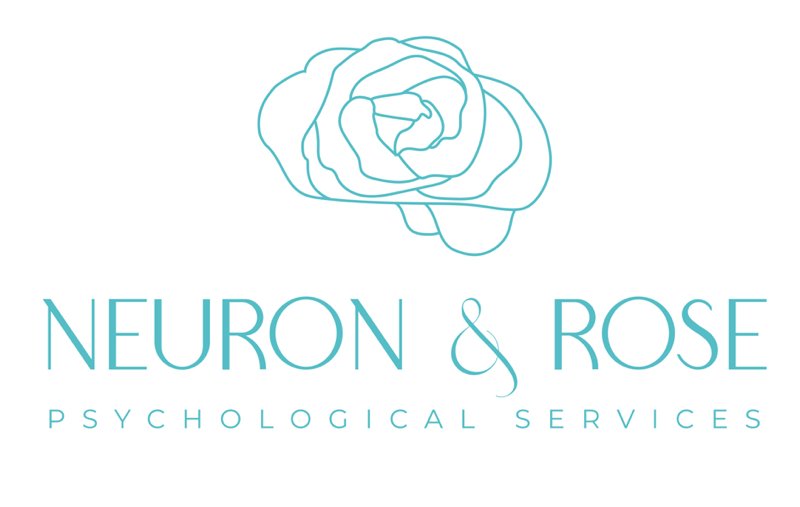4 Distinct Ways A Teen Brain Is Different
Spend any amount of time around a teenager and you’re going to figure out pretty quickly that their brains work differently than an adult’s brain. During those teenage years, different areas of the brain are still developing. It might sound strange, but their brains are still learning in real time what’s important and what’s not.
Synaptic pruning wipes out some connections while others are strengthened. Hormone fluctuations throughout puberty impact the performance of neurotransmitters, and areas of the brain, like the prefrontal cortex and amygdala, are still finding their balance.
As a result, teens experience the world fundamentally differently than adults. In today’s article, we’re going to take a look at four of those distinct differences.
Intense Emotions
Hormones are wild for all of us, but teenagers are especially susceptible to the emotional swings that come with the onset of puberty. The prefrontal cortex, which regulates emotion, takes time to develop, but the limbic system, which processes emotion, matures at a sprint.
The limbic system ensures teenagers feel every hormone-driven fluctuation in anger, passion, and sorrow. As a result, they may appear moody and unpredictable. While it’s not always pleasant for them or their parents, it is natural. It’s a built-in mechanism of human biology that evolved over thousands of years.
Driven by Dopamine
Our brains are tuned to seek the little shot of happiness that comes with dopamine. Like the latest AI training models, our brains ‘ding’ happily when we solve a problem, get praise or attention from our peers or succeed at something. As adults, our craving for dopamine often gets harder to satisfy and tapers off—but as teenagers, every bit of dopamine that floods our systems is heaven.
As a result, obsessive and addictive behaviors can be very tempting. But so too can exercise, getting good grades, and getting rewarded for achievements.
Teenagers tend to be somewhat more susceptible to peer pressure because of the rush that comes from dopamine. It feels good to feel like you're a part of a group—even if that means you must pretend to fit in. You may see your teenager’s personality shifting or changing in response to social pressures—again, this is normal behavior.
Problem Solving & Creativity
Teenagers are built to be active. With their prefrontal cortex still under construction, teens often fall back on impulse and intuition when it comes to solving problems. The amygdala is all about muscle memory and quick reactions—it’s keen to try things out and then watch what happens. When adults solve problems, they rely on what they know, but kids and teens often think outside the box because they aren’t pulling on a deep reserve of knowledge.
As a result, teens tend to be more creative and unorthodox in problem-solving. They like to explore and experiment and should be allowed to do so. Expecting them to adhere rigidly to instruction the first time they get it might not work. They’re going to want to try out some alternative methods as well.
Losing Track of Time
The areas of the brain that govern executive function take time to develop. As a result, it’s harder for teens to control where their focus is. They may have deep reserves of focus for things that interest them while being quickly frustrated or exhausted by repetitious or boring tasks. It’s important to give teens time between tasks to reset the clock on their focus, especially if you’re asking them to do something miserable.
Schedule a Consultation
If you or your teen are having some trouble weathering these stormy yet exciting years, reach out to learn more about teen counseling. Connecting with a trained therapist helps parents and teens learn to respect the different ways they see the world.

